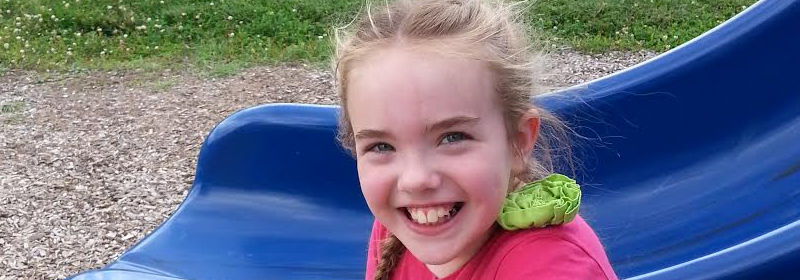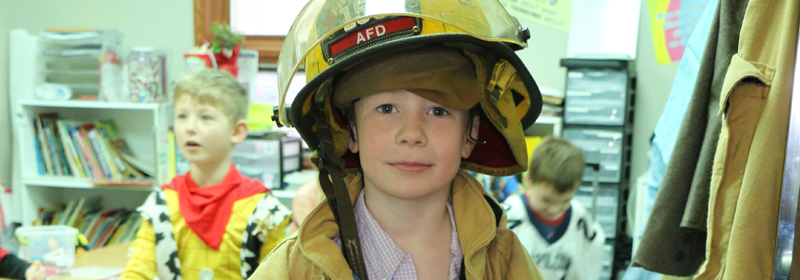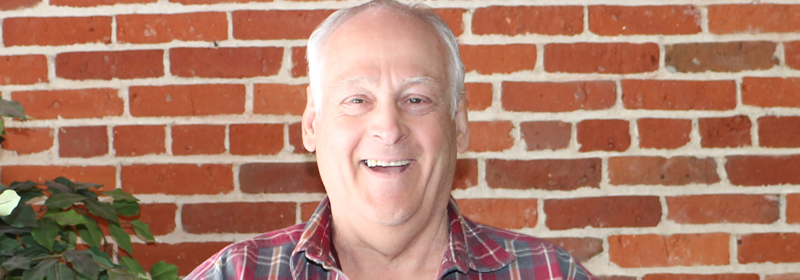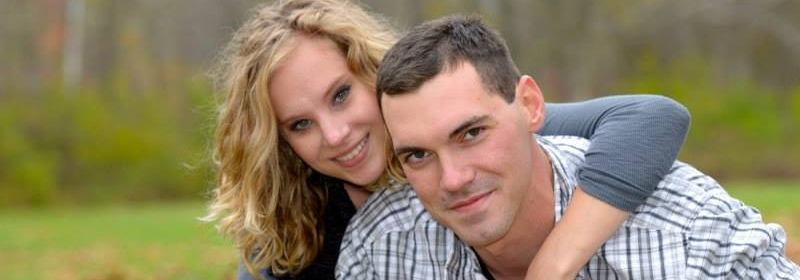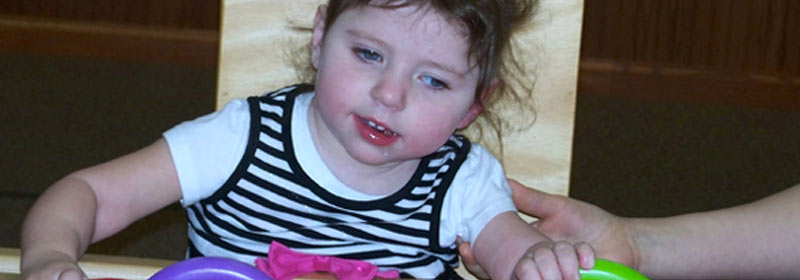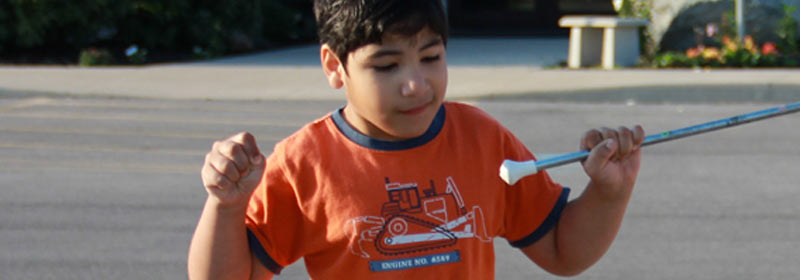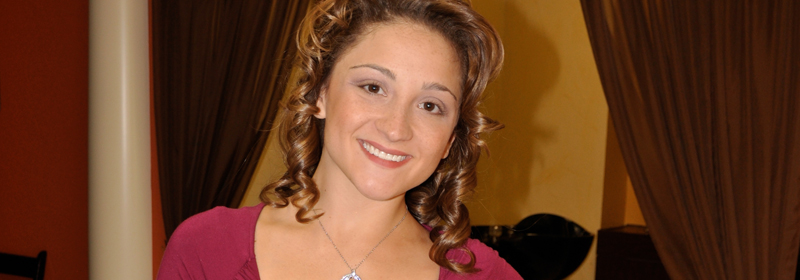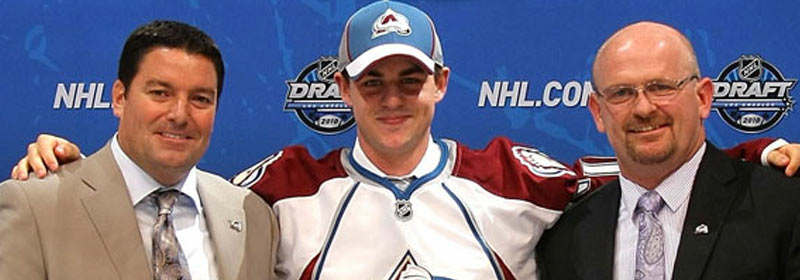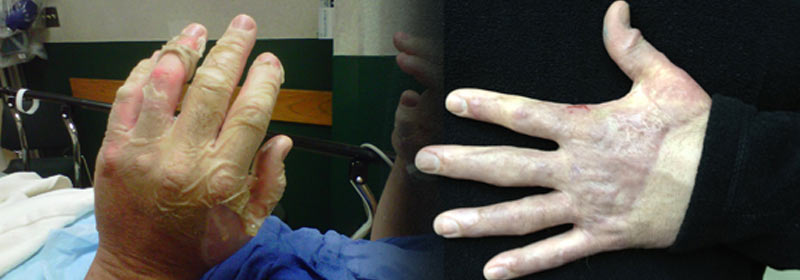Saved from Surgery
Eight-year-old girls are supposed to spend their time enjoying games, watching TV, reading books and playing with their friends; not worrying about seizures, sinus headaches and bone-eating infections. Unfortunately for Rachel, her life’s journey over the past six months has been much different than most kids her age.
In December 2013, mere days before Christmas, Rachel wasn’t feeling well. She was taken to the doctor and diagnosed with the flu and an ear infection. A few days later, Rachel’s mom called the doctor because she had become so sick that she wasn’t able to keep her meds down. Her prescriptions were changed but it didn’t help. Rachel became so sick that she couldn’t even go to her grandma’s house for Christmas.
On December 27th Rachel went back to the doctor where she was diagnosed with Acute Sinusitis. This condition causes the cavities around the nasal passages to become inflamed and swollen. This interferes with drainage and causes mucus to build up. Acute Sinusitis can be caused by the common cold, allergies, bacterial and fungal infections.
Two nights later, Rachel’s family was sitting around the table playing board games. All of a sudden, Rachel’s speech became slurred and no one could make out what she was saying. She then began to stare into space and not talk. It took 20 minutes before they finally were able to get her to respond. Rachel had trouble sleeping that night so her mom held her in a recliner chair downstairs. A few hours later she suddenly threw up, became unresponsive and started convulsing.
Rachel was rushed to the emergency room as she continued to seize. Her right eye, cheek and arm were twitching and jerking and saliva was starting to run out of the side of her mouth. Her seizure lasted over 2 hours. Rachel was transferred to Peyton Manning Children’s Hospital in Indianapolis. They learned that there was fluid on her brain and an infection between her skull and brain called an Epidural Abscess. Within twelve hours Rachel was having surgery to clean out all of her sinus cavities in hopes that the infection would begin to subside. Rachel spent the next week in the hospital to see if the antibiotics were having an affect on the infection.
Doctors tried several antibiotics. Nothing seemed to work. On March 20, 2014, Rachel had a second surgery to clean out her sinus cavities once again. An MRI uncovered an infection in the front follicle bone that had started eating part of her bone. Doctors tried several additional antibiotics with no success. The family was told that if they didn’t see significant change on the next MRI on April 29th, Rachel would need to have a major surgery to remove her front follicle bone and replace it with a cement-like bone with a metal plate on top for protection. Rachel’s family immediately began praying for healing so that this surgery would not be necessary.
Their answer to prayer came when someone they attend church with asked if they had ever heard of Hyperbaric Oxygen Therapy and encouraged them to call Sara’s Garden for more information.
Rachel arrived at Sara’s Garden five days before the impending April 29th MRI. After receiving five treatments, Rachel’s family noticed that she was no longer complaining about experiencing the painful sinus headaches that she had been dealing with over the past few months. Encouraged by this revelation, the family returned to Indianapolis for Rachel’s next round of testing. The results showed a slight improvement in the infection level. Their doctor encouraged them to continue receiving HBOT and suggested they postpone the surgery. She and her family returned to Sara’s Garden with renewed hope that they would be able to fight this infection with HBOT and keep Rachel from needing to undergo a major surgery.
After Rachel’s 29th treatment, the family headed back to Peyton Manning Children’s Hospital for yet another CT Scan. When they met to learn the results of the test later that day, the infectious disease doctor just kept repeating over and over again how shocked and amazed she was. Rachel’s front follicle bone was completely healed. There was no longer any trace of an infection anywhere. The doctor had read the report over three times before meeting with the family to be sure she hadn’t read it wrong and commented that she would have had a hard time believing the results if it hadn’t been read by her most trusted radiologist.
They were overjoyed to learn that major surgery would not be needed. However, because of all of the damage to Rachel’s sinuses, there was still a chance that Rachel would have to undergo another surgery to clean out the sinus cavities again. The doctor encouraged them to continue on with HBOT and see what would happen.
Upon completing 40 HBOT treatments, Rachel’s family met with the neurosurgeon one last time. When the family was ready to leave, he commented to the student doctor who was shadowing him, “We tried everything on this little girl and nothing helped until they went and did Hyperbaric Oxygen Therapy! That saved them so much heartache and a major surgery! I can’t tell you how thrilled I am for them!” Additionally, Rachel’s Ear, Nose, Throat Specialist (ENT) was so pleased with the results of Rachel’s treatments that he said it would not be necessary to undergo the surgery to clear out her sinus cavities.
The past six, long months had been extremely hard on Rachel’s family. At times it seemed like they had more questions than answers. It was so painful seeing Rachel suffer from the effects of this ravaging infection. Rachel’s family knows that their faith and the continuous prayers from countless supporters helped carry them through this difficult time.
HBOT was able to do what months of antibiotics couldn’t in fighting a serious, bone-eating infection. Thanks to Hyperbaric Oxygen Therapy at Sara’s Garden, Rachel was saved from having to undergo multiple surgeries and was finally able to experience healing. No matter what you’ve been told, there is hope… for this and many other conditions. HBOT is treatment without drugs… without surgery… without pain.


